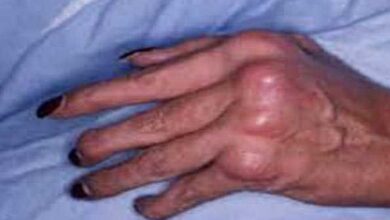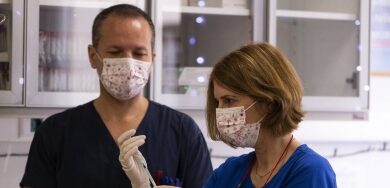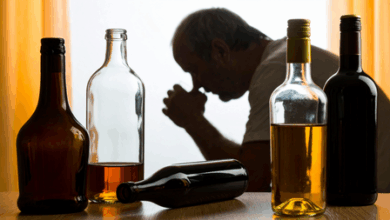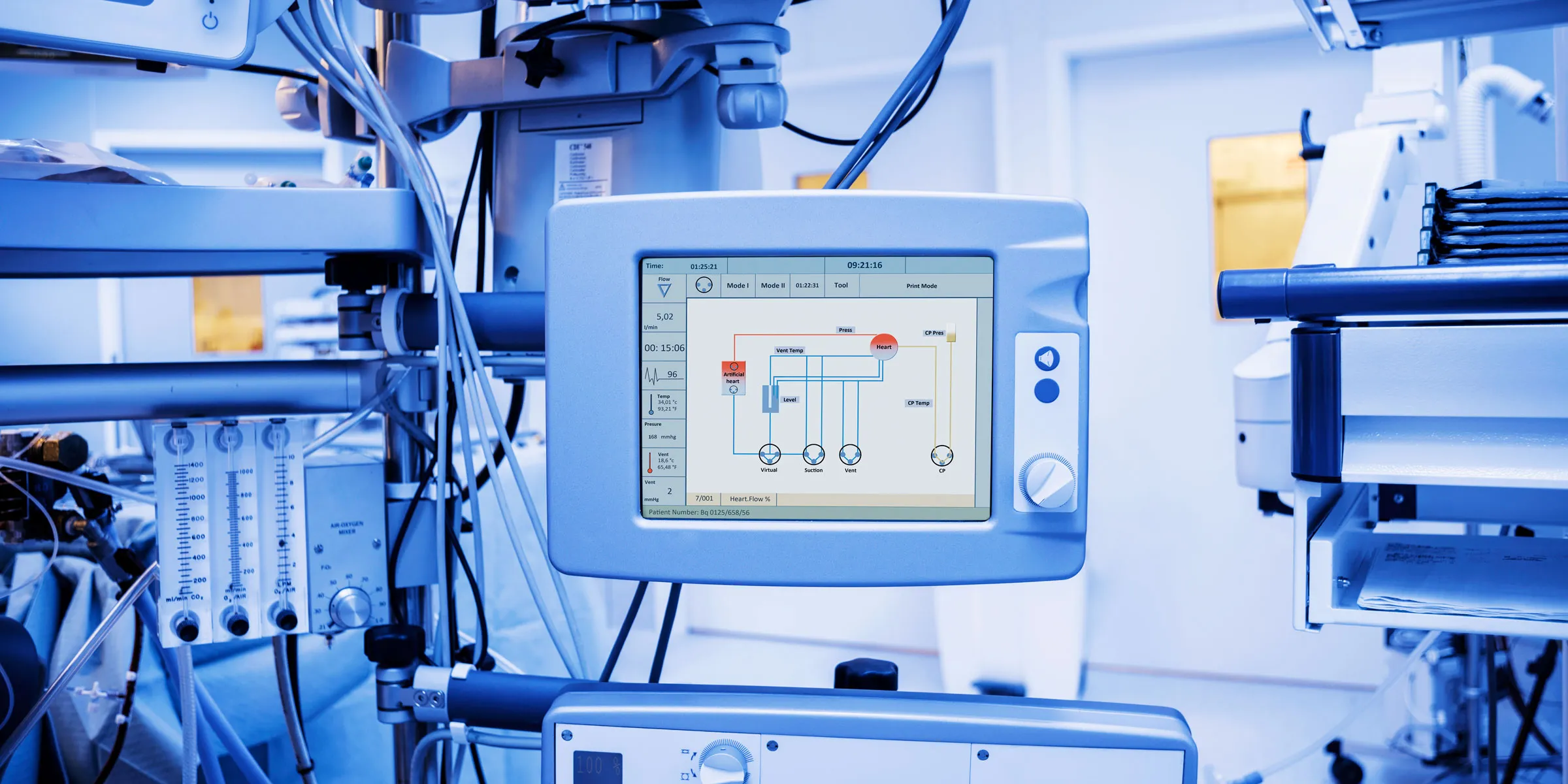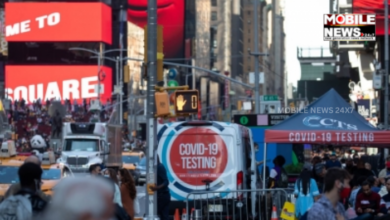Health
World Leprosy Day: Renewing Fight Against Leprosy, Still Grim In India
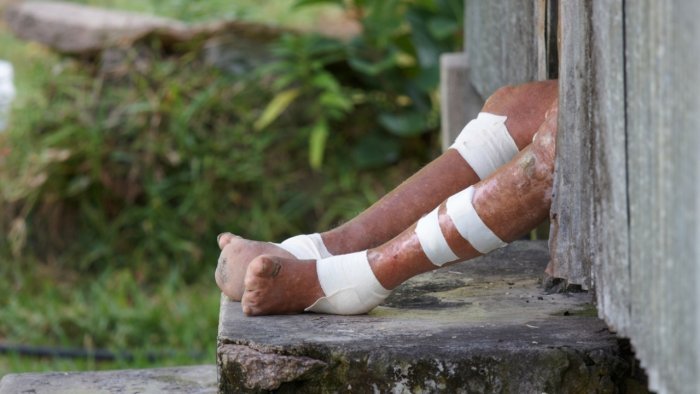
Kolkata, Jan 28 : Even as India declared of eliminating leprosy as a public health problem in 2005, the country still accounts for over half (almost 60 per cent) of the world’s new leprosy patients. This grim situation calls for a renewed fight against the disease and the acceleration of efforts towards attaining the goal of Zero Leprosy by 2030. With the National Leprosy Eradication Programme (NLEP), the number of leprosy cases in India has witnessed a significant decline. However, the country must bring down the prevalence rate further to achieve overall progress. According to WHO, 114,451 new leprosy cases were detected in the country in 2019-20 which accounted for 80 per cent of the cases of southeast Asian countries.
Moreover, Bihar, Maharashtra, Uttar Pradesh, Odisha, Chhattisgarh, Madhya Pradesh, West Bengal, Jharkhand contributed 76 percent of the new leprosy cases. Elaborating on the need for strategic partnerships in addressing leprosy, Vaishali Iyer, Country Head – Communications, Engagement & CSR, Novartis in India, said, “At Novartis, we have been involved in the fight against leprosy for over 30 years. Since 2000, we have been donating the global supply of leprosy drugs completely free of charge through the WHO leading to reducing the global disease burden by 95%. In 2020, we renewed our pledge and extended our MoU with the WHO through 2025.
We believe that collaborations like these will be crucial in our fight against leprosy and we look forward to collaborating with the government and other key stakeholders to achieve the shared goal of Zero Leprosy by 2030.” Lack of awareness about the disease and the stigma associated with it adds to the rising burden. It is important to understand that if leprosy is detected on time, most of the cases can be cured between 6 to 12 months. The multi-drug therapy (MDT), donated to World Health Organization (WHO) by Novartis and provided free of cost by the government has successfully treated 16 million leprosy patients since its introduction.
Recently, the WHO signed an MoU with Novartis, extending the donation program till the end of 2025. With various pockets of high endemicity, India needs to fight leprosy as a public health problem. After the 2005 declaration of elimination, most of the leprosy programs were dismantled and resources were redirected to more pressing health priorities. Dr. S Ananth Reddy Chief Administrator & Chief Medical Officer, Sivananda Rehabilitation Home, says, “The announcement in 2005 halted the progress for a while and led to the disease spreading again.
The pandemic has only aggravated the situation. There was re-allocation of resources and today, we observe that very few healthcare professionals in the country can perform surgeries on leprosy patients. There is an urgent need to reignite our fight against leprosy.” Dr. Joydeepa Darlong, Head of Knowledge Management, The Leprosy Mission Trust, India, mentions, “India has a high burden of leprosy cases and most of it stems from patients’ lack of awareness and challenges pertaining to accessibility for diagnosis and treatment. Timely detection of this condition is critical as delayed detection can cause severe long-term nerve damage in patients.
For this, it is important to put in efforts towards awareness creation among the public and capacity building of healthcare professionals. Moreover, it is equally important to ensure that treatment is accessible to those who need it.” The availability of treatment that can cure leprosy effectively means that what we need is voluntary reporting of leprosy cases. To this end, there needs to be a robust awareness campaign to deal with stigma and discrimination associated with the disease and encourage those who are infected to come forward for treatment.


